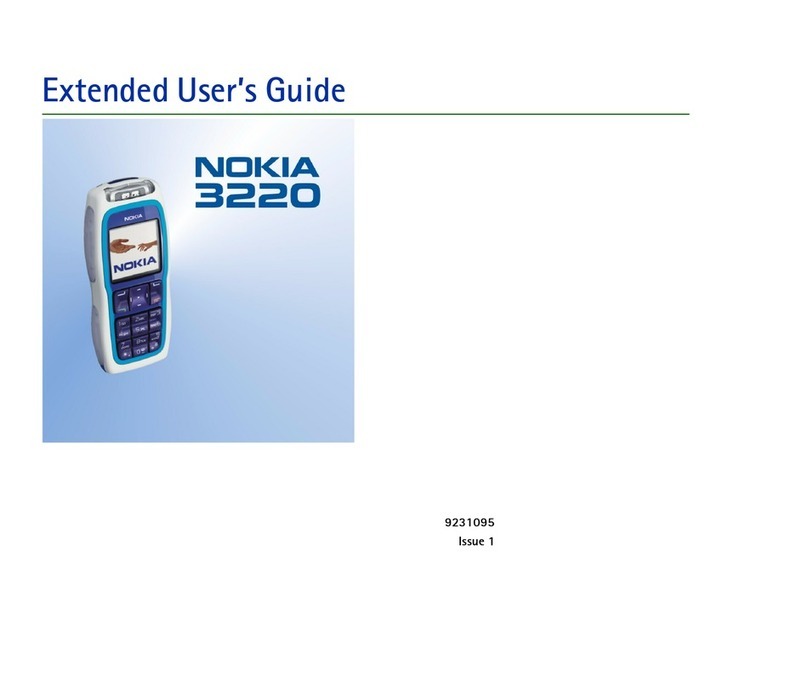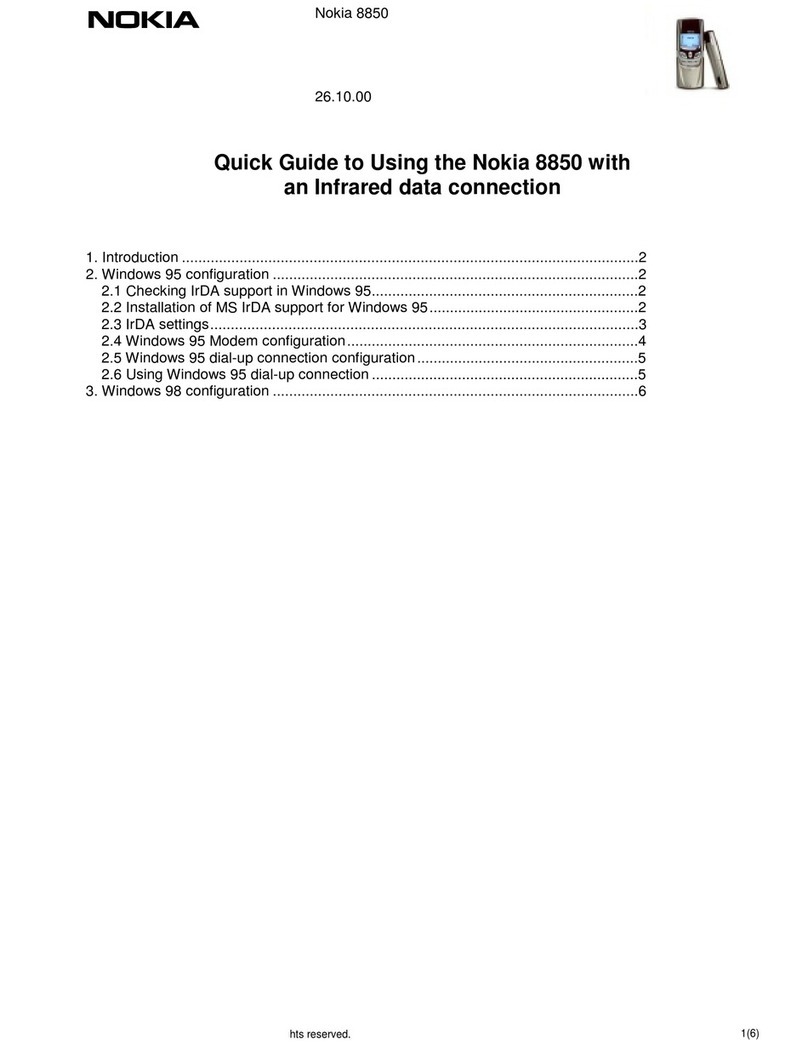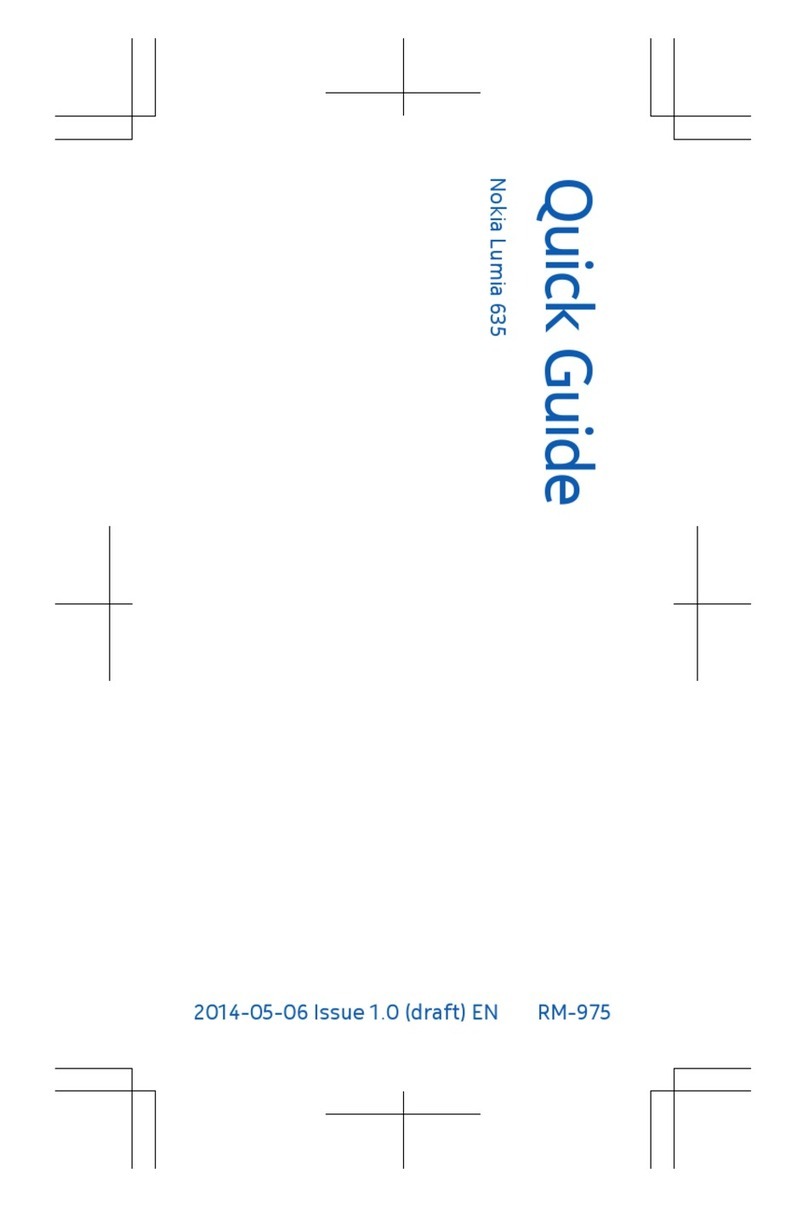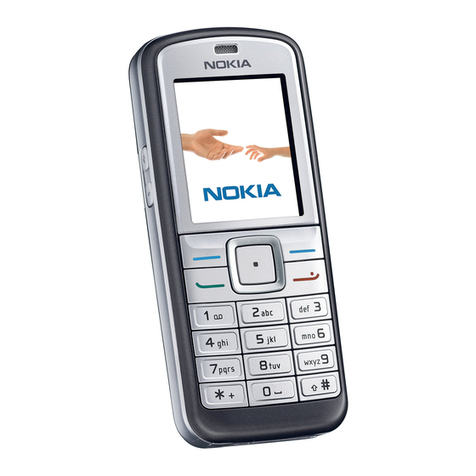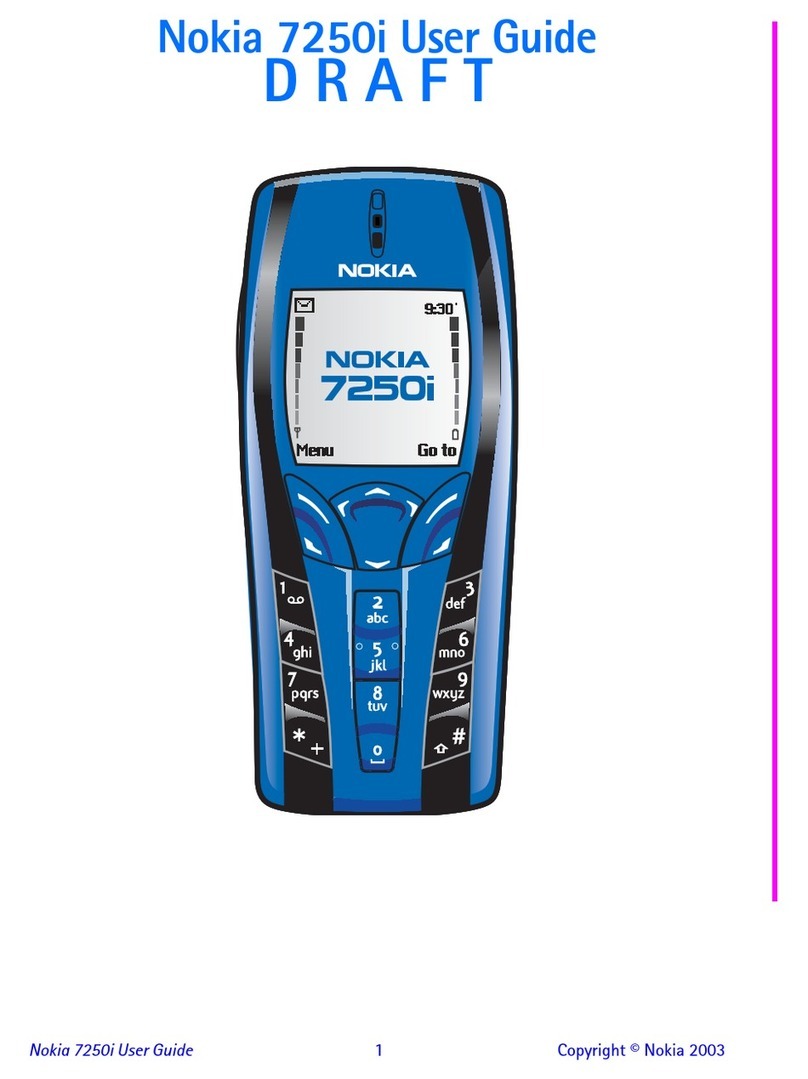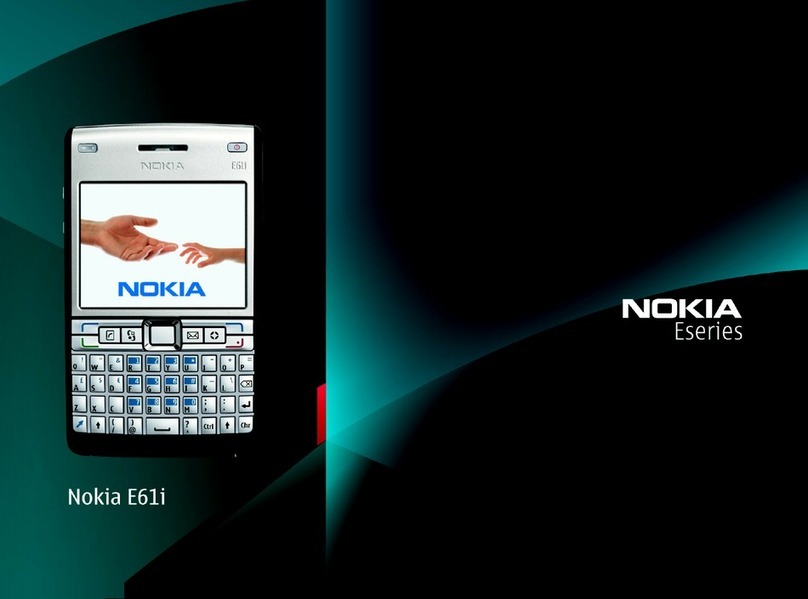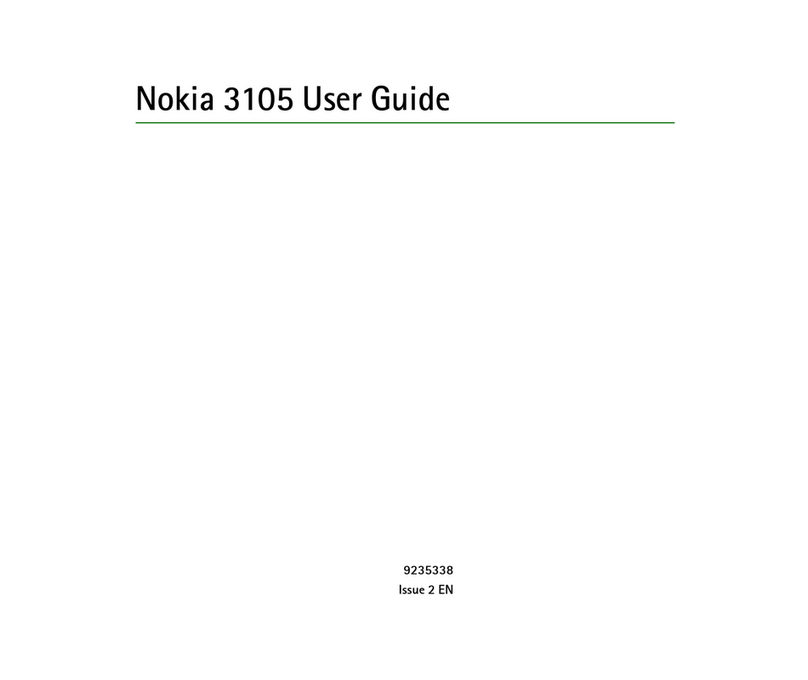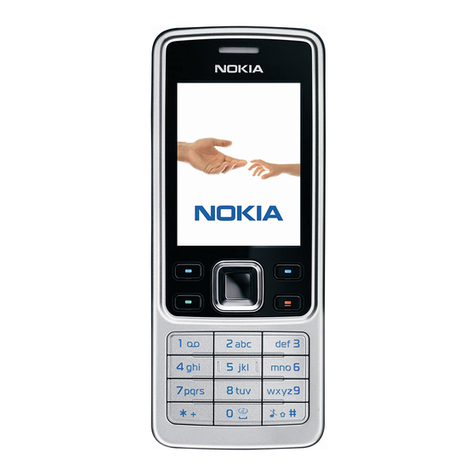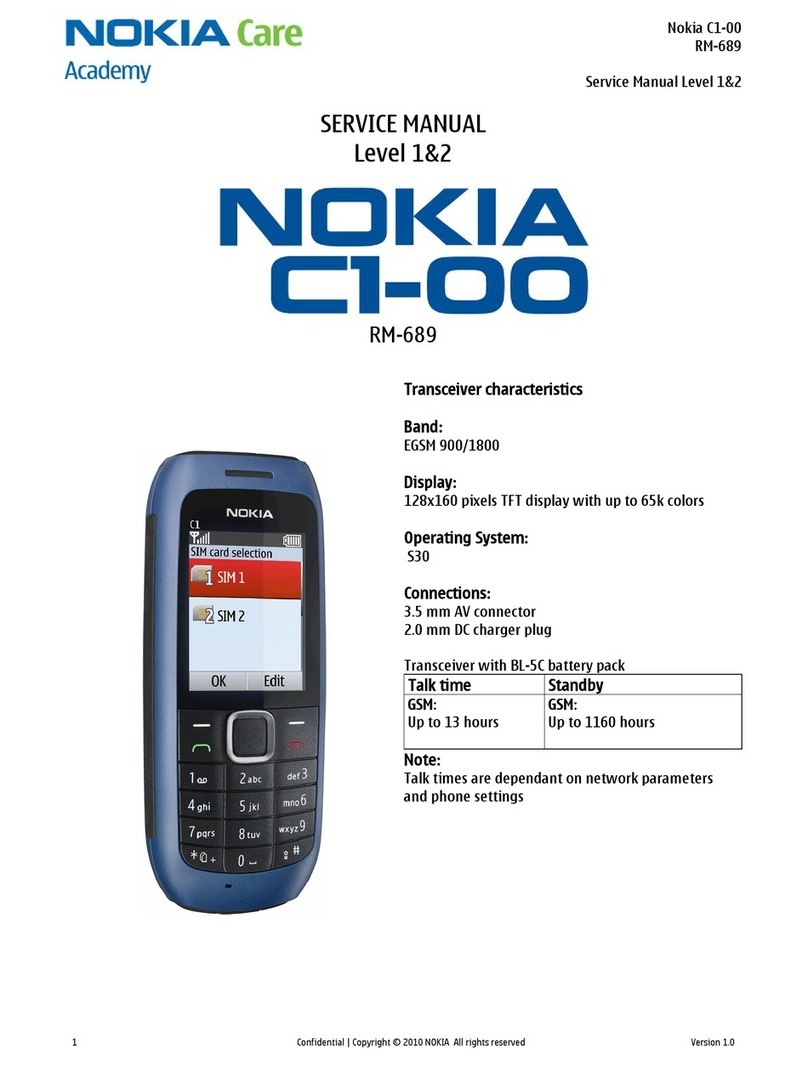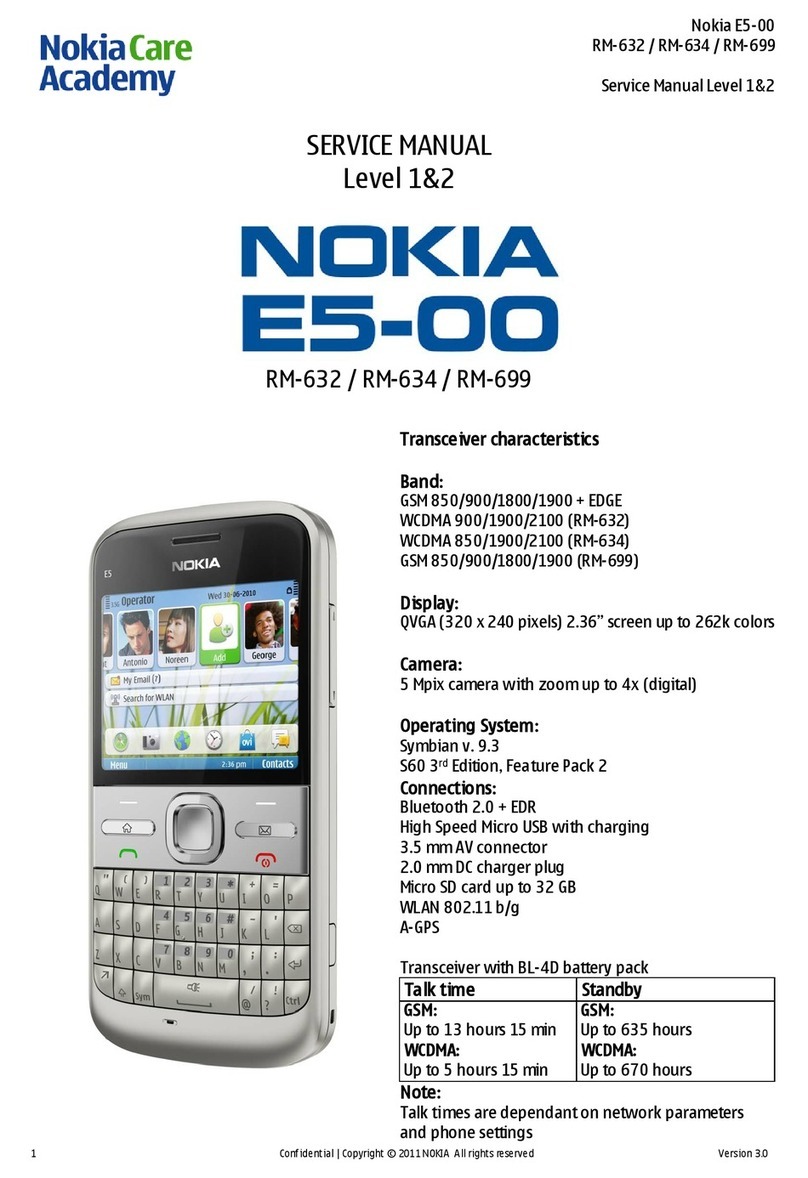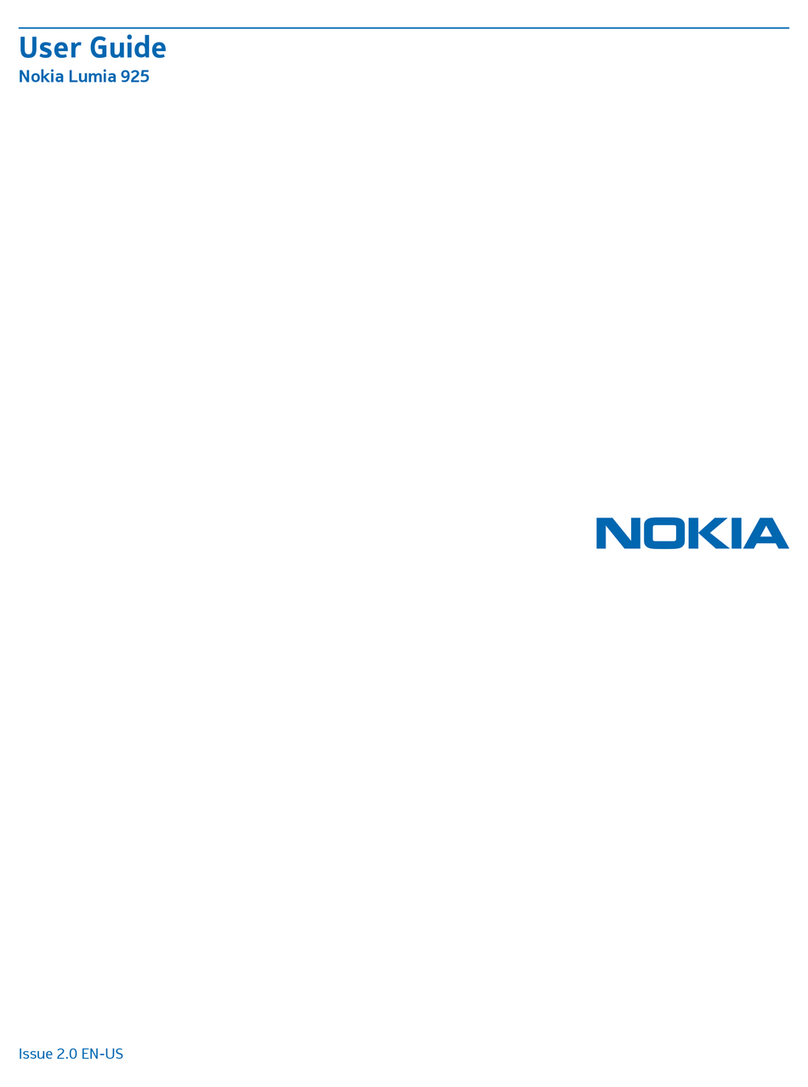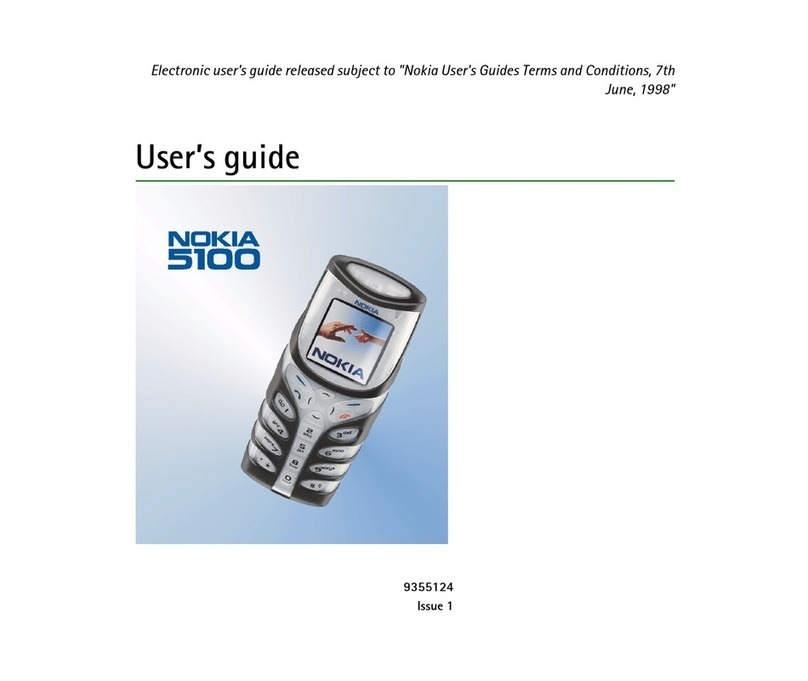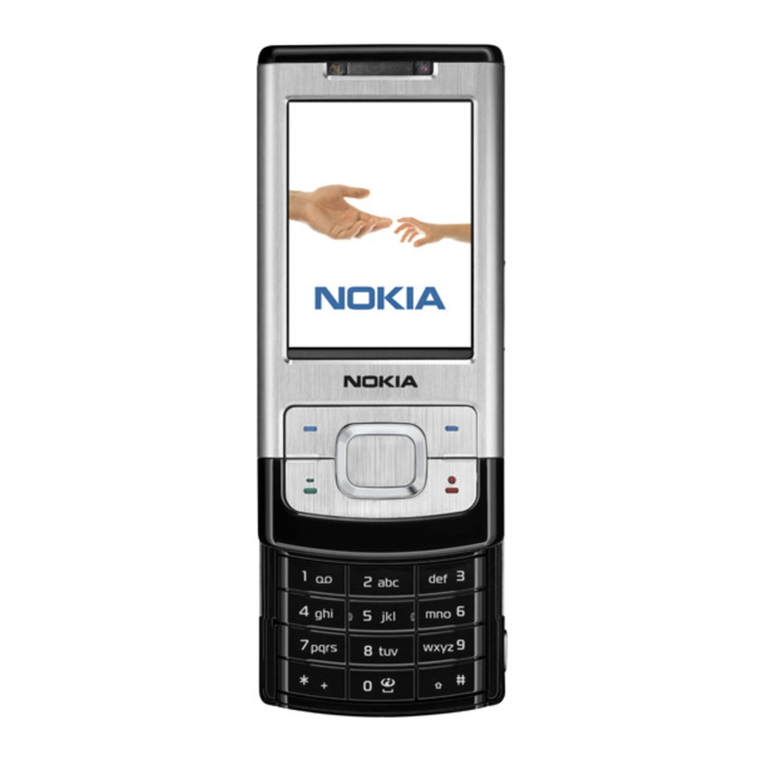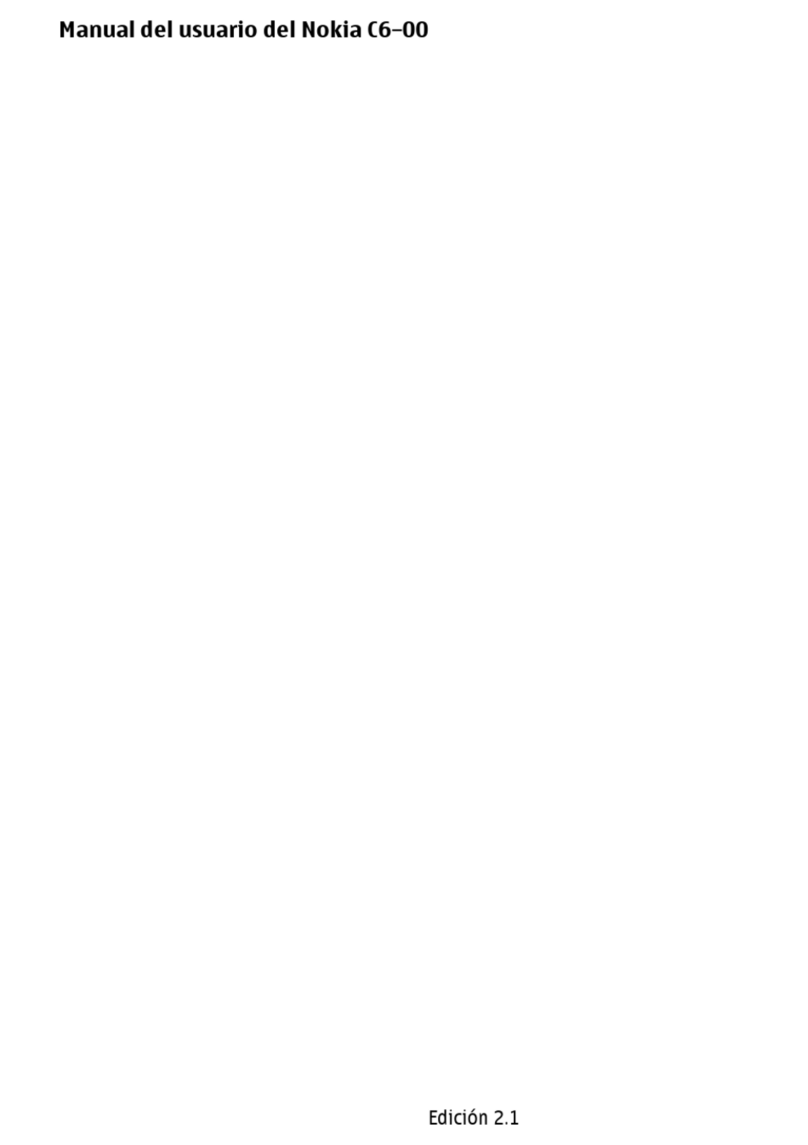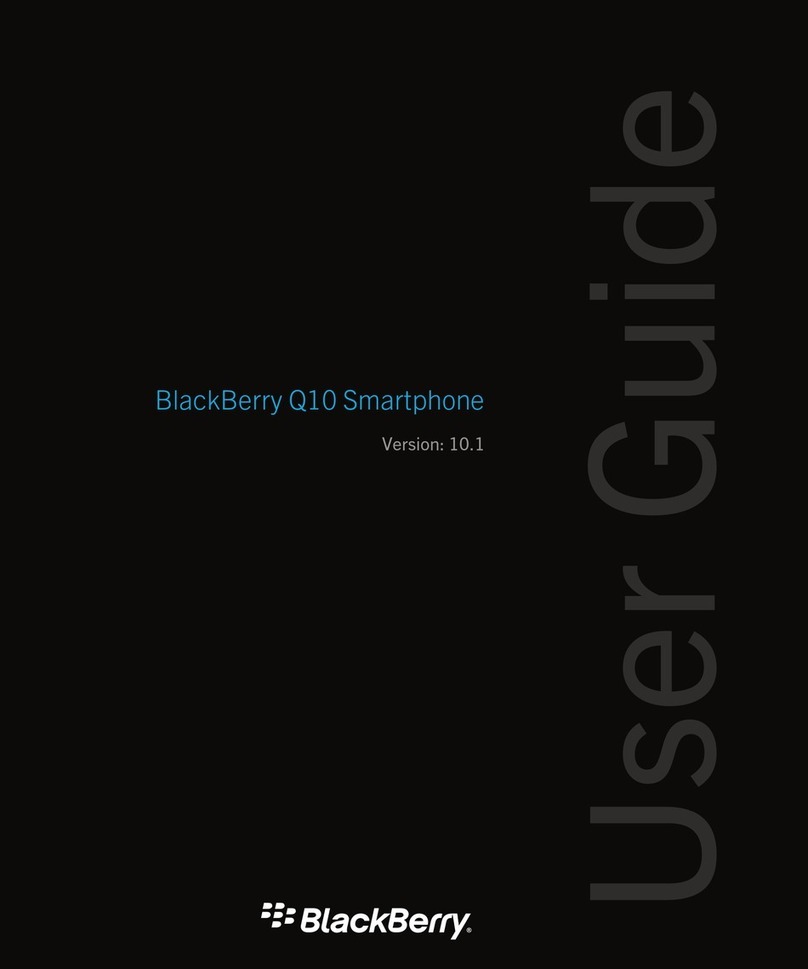
CCS Technical Documentation Troubleshooting — BB
NPD-4
Issue 1 02/2003 Nokia Corporation Confidential Page 3
Contents Page No
Troubleshooting Overview ............................................................................................ 5
Flash programming ......................................................................................................6
Connections to Baseband.......................................................................................... 6
Baseband Power Up .................................................................................................. 7
Flash Programming Indication.................................................................................. 7
Flashing..................................................................................................................... 7
Power Up and Reset ...................................................................................................10
Power up with PWR key......................................................................................... 12
Power up when charger is connected...................................................................... 12
RTC alarm power up............................................................................................... 13
Power off ...................................................................................................................13
Power Consumption and Operation modes ...............................................................13
Power Distribution .....................................................................................................14
Clock Distribution .....................................................................................................15
RFClk (19.2 MHz Analog)...................................................................................... 15
RFConvClk (19.2 MHz digital) .............................................................................. 16
CBUSClk Interface ................................................................................................. 17
DBUSClk Interface ................................................................................................. 17
SLEEPClk (Digital)................................................................................................. 18
SLEEPClk (Analog)................................................................................................ 18
Charging operation ....................................................................................................19
Battery..................................................................................................................... 19
Charging circuitry ................................................................................................... 20
Charger Detection ................................................................................................... 20
Charge Control........................................................................................................ 21
Audio .........................................................................................................................21
Display and Keyboard ...............................................................................................22
Accessory ...................................................................................................................22
Test Points.................................................................................................................... 23
Troubleshooting/Flowcharts ........................................................................................ 24
Top troubleshooting map ...........................................................................................26
Phone is totally dead ..................................................................................................28
Flash programming doesn’t work ..............................................................................29
Phone is jammed ........................................................................................................30
Power doesn’t stay on or the phone is jammed .........................................................31
Charger ......................................................................................................................33
Audio faults ...............................................................................................................34
Earpiece................................................................................................................... 34
Microphone ............................................................................................................. 35
MIDI........................................................................................................................ 36
Vibra........................................................................................................................ 37
Display faults .............................................................................................................38
Keypad faults .............................................................................................................40
Power key................................................................................................................ 40
UI modules.............................................................................................................. 41

